In a whirlwind of potato-packed pierogi dumplings, Slavic churches, cobbled old towns, and smoky sheep’s cheese, Poland unfolds from the icy waves of the Baltic Sea to the rock-topped crags of the Tatras. From north to south, it packs in all sorts to entertain travelers. You’ll come face to face with grunting bison in old-growth forests. You’ll munch gingerbread and glug vodka. You’ll sail on lakes and conquer hiking trails overlooking Belarus.
This guide distils all the top-drawer pulls of Poland in one easy-to-navigate itinerary. It runs from the northwest coastline near Germany to the southern hills on the edge of Ukraine. In one great big squiggle on the map, you’ll experience everything from castles, UNESCO sites, and wild national parks to luxury ski resorts, vodka tastings and poppin’ night life.
Here, folks, are 41 of the very best things to do in Poland:
Soaring cliffs and majestic bison in Wolin National Park

Right where West Pomerania (yep, that’s the region with the fluffy dogs) meets the German border, Wolin National Park drops down sheer cliffs to the lashing Baltic Sea. It’s a gorgeous section of Polish backcountry that’s laced with hiking trails through pine woods and powdery beaches washed by waves. Behind all that are rolling hillsides speckled with lakes. It’s between those that you’ll find the famous animal sanctuary, which is home to some of the last remaining European bison on the continent!
See the shifting sand dunes of Slowinski National Park

A patchwork of hardy sea oats, tough pine trees, and endless dunes that look like Arabia has come to the Baltic, Slowinski National Park is one of the most striking reserves in northern Poland. Its huge hills shift and change shape and it’s estimated that some of them can move a whopping 10 meters in a single year! Paths weave and wind all over them. Hit those and keep your eyes peeled for rare eagles and storks in the skies.
Laze on the beaches of the Hel Peninsula

A place named Hel might not seem like the sort of spot you’d throw down the towel and soak up the rays, but hey, Poland’s full of surprises! In fact, the only thing that could remotely mimic the underworld here is the temperature, which can often clock over 30 in the middle of the summer. That’s when the crowds come, too, all in search of the long, glistening sandy beaches and the grass-topped dunes that run for over 20 miles along a spit into the Baltic Sea.
Unravel revolutionary history in the Gdansk Shipyard
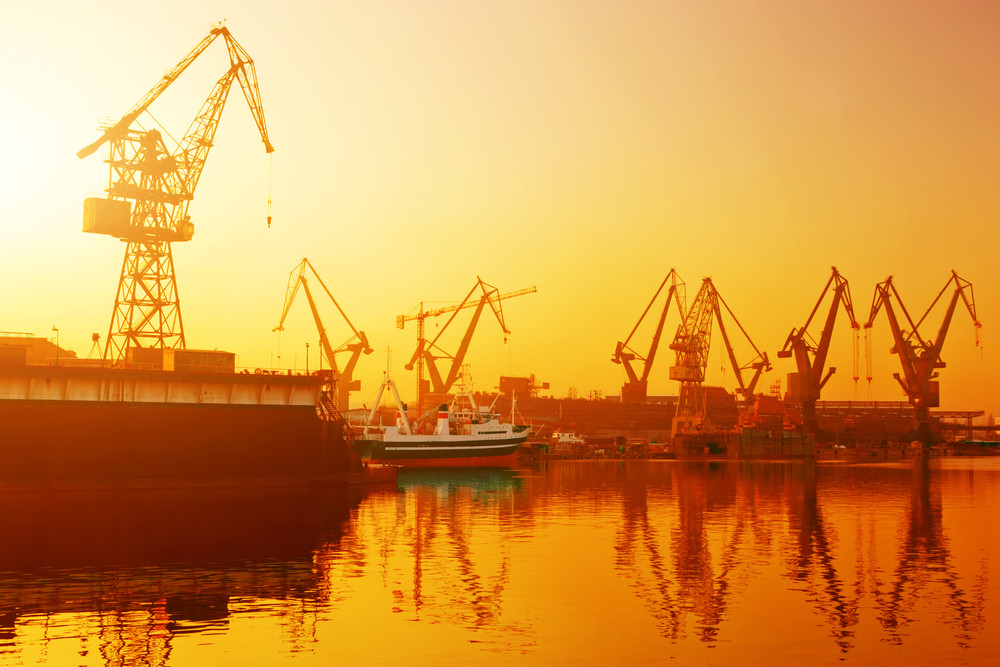
Where better to start your travels in Gdansk than in the industrial shipping quarter that’s credited with kick-starting the fall of Communism and the rise of modern Poland as a whole? Cue the erstwhile Lenin Shipyard. Back in the 1980s, nearly 20,000 workers led by Lech Walesa went on strike, setting in motion a chain of events that would loosen the grip of Russia all across Central-Eastern Europe. Learn about it at the Solidarity Museum, which chronicles the rise and successes of the trade union movement.
Medieval buildings and old merchant houses in the Gdansk Old Town

Get ready for your first Old Town in Poland – it certainly won’t be the last! And what a doozy of a district this one is. Largely reconstructed following a ravaging in WWII, it’s been restored to its former glory. Notice the Germanic and Dutch influences on the gabled merchant houses along the waterside. They’re a result of Gdansk’s powerful position at the heart of the Hanseatic League. The medieval port crane on the quays is sure to draw the eye as it’s one of the last of its kind in the world. Behind the river are cobbled lanes and the colossal St. Mary’s Church, clocking up a whopping 258,000 cubic meters in interior space.
Party the night away in Sopot
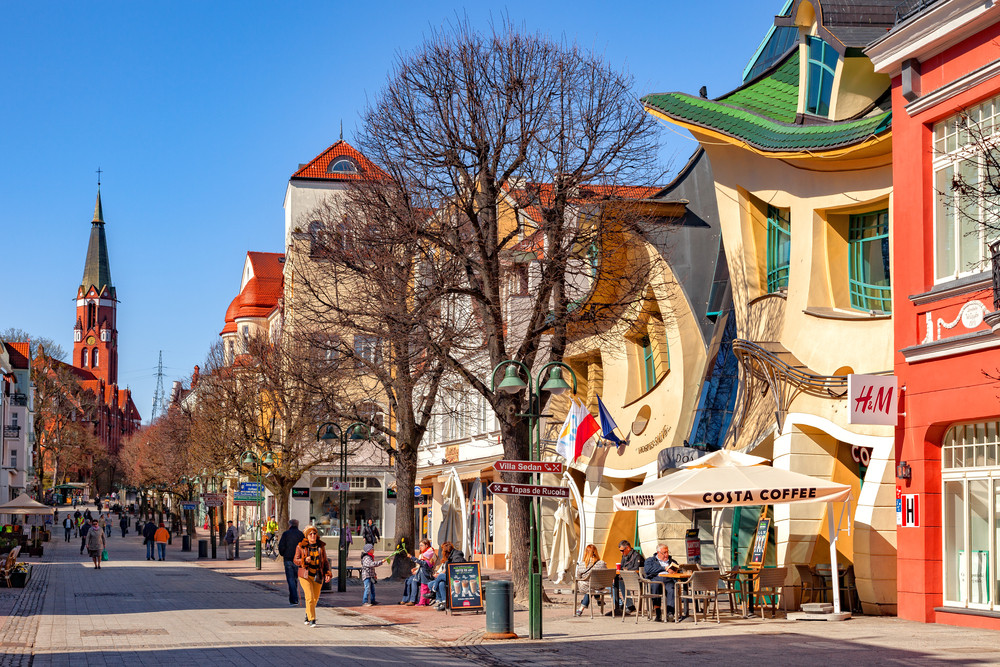
Enough history. It’s time to let your hair down. Luckily, the chic seaside resort of Sopot is now an integral part of the so-called Tri-City, a bonded urban conglomeration that also includes Gdansk and Gdynia. Quick trains link them all, so you can be strutting down the main drag of Sopot before you can finish a plate of pierogi. As you walk, keep your eyes peeled for the mind-boggling Crooked House and the uber-long sea pier, the longest timber pier in Europe. Oodles of bars and clubs will vie for attention there, so consider staying for the evening and grabbing a cold piwo, or 10.
Gasp at the colossal castle in Malbork
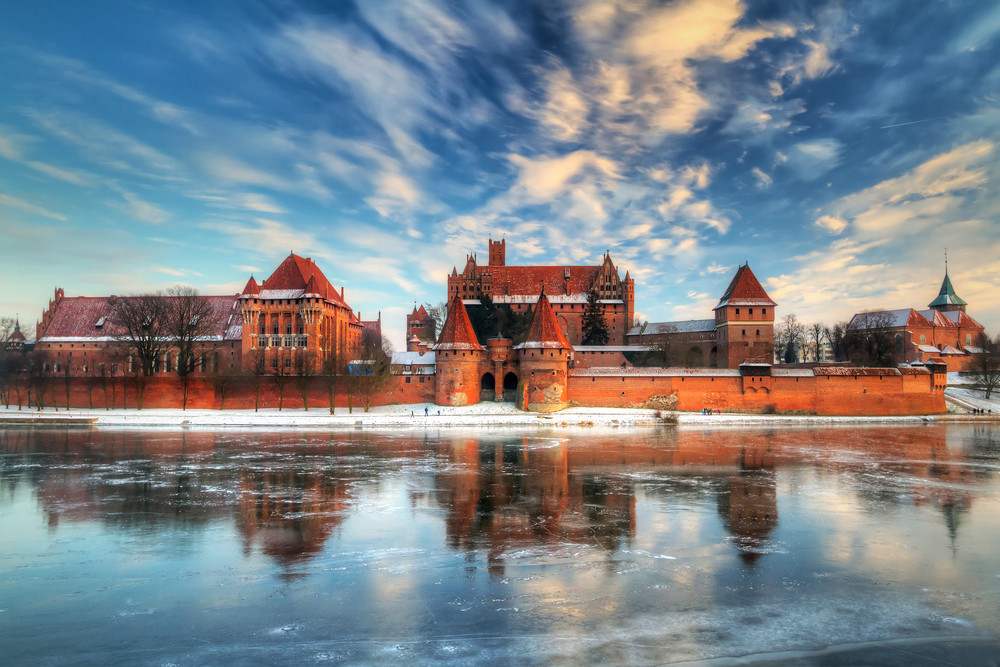
Malbork Castle is, by some estimations, the largest single castle complex on the planet. Raised by the Knights of the Teutonic Order way back in the 13th century, it looms like something out of Game of Thrones above the glistening waters of the Nogat River. You’ll probably need a whole day to explore the sprawling 52 acres that are dominated by the citadel. Walking through, you’ll get glimpses of Gothic portals, portcullises, crenulated keeps, and open courtyards peppered with sculptures.
Sail, cruise, and camp in stunning Masuria
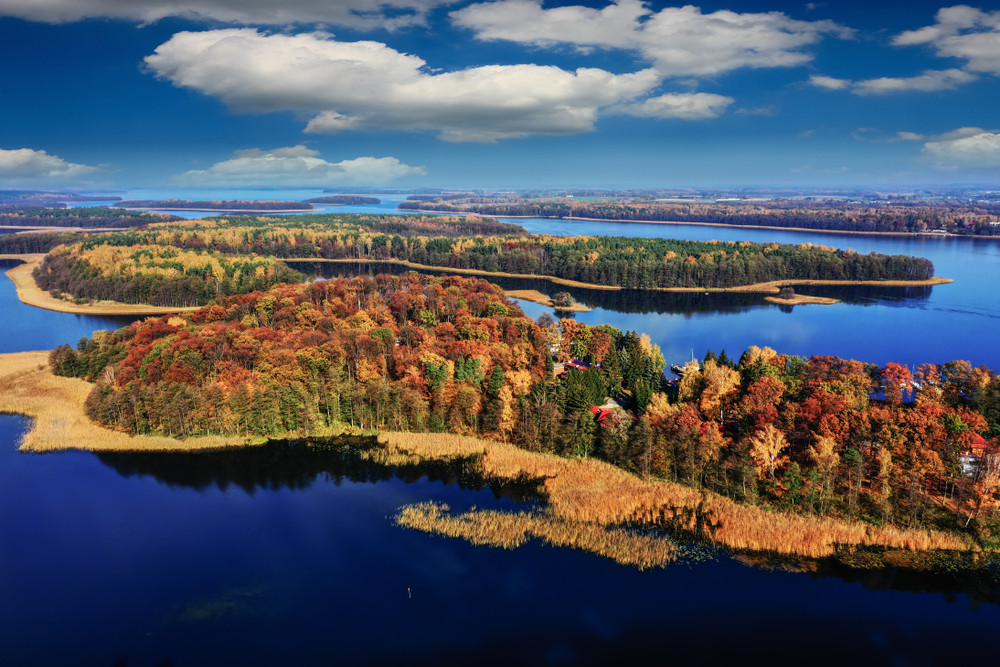
Move over Cumbria, this is the Masurian Lake District. A region that’s held special to many Poles, who often wax lyrical about childhood holidays by wooded water sides or dreamy vacations on their family boat, it stretches eastwards to the far frontiers of Poland. Bucolic is the keyword. Green fields speckled with hay rolls meet woodlands and sloshing canals. Occasionally, they all give way to glistening lakes like Sniardwy, or the gurgling channels of the Krutynia River (a kayaking haven).
Find medieval charms in Olsztyn

Hemmed in by the idyll of the Masurian Lake District is the medieval city of Olsztyn. It’s the capital of the region and comes with a handsome old quarter that’s woven through by cobbled alleys and little squares. Move from the formidable city gatehouse at the end of Staromiejska to the turret-topped castle above the leafy Lyna River, and be certain to drop in a stroll between the half-timbered homes of Okopowa Street as you go.
Chill and unwind in Elk

With a lake on one side, and another lake on the other side, there’s ample scope to crank up the R&R in lovely little Elk. Sleepy and chilled, it languishes by the water’s edge with its grand 1800s court buildings, its vintage water towers, and gilded tenements. By the banks, you’ll discover dashes of parks with reeds and walkways. Head to John Paul II Square to enjoy those under a huge statue of Poland’s own onetime pope.
Wigry National Park

There’s a chance not even the Poles will have heard of Wigry National Park. That’s just how off the beaten path this untouched dash of the Masurian region is. A mosaic of wetlands, lakes, hidden waterways, and lush forests, it encompasses nearly 60 square miles. There are nigh on 200 miles of marked trails crisscrossing all that. Use them to see peat bogs, primeval woodlands, beech groves, and misty swamps.
Go birding in Biebrzanski National Park

Calling all ornithologists! The Biebrzanski National Park awaits. A gem of the Podlaskie backcountry, it hugs the Biebrza River with its tufts of grassland and gallery woods. It’s one of the largest national parks in the country, which means you can feel total isolation as you drift on a sailboat or tramp the trails. Sightings of intriguing birds are 10 to the penny, too. In fact, a mind-blowing 292 species have been observed in the area. Oh, and you can spot beavers and horned elk to boot!
Meet the hulking beasts lurking in Bialowieza Forest
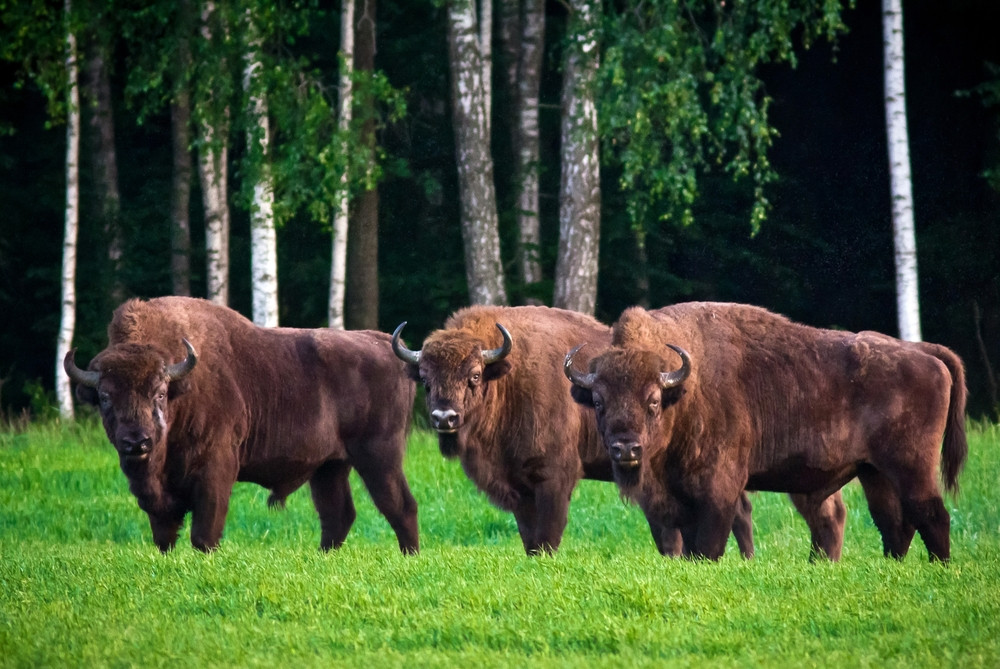
Moss clings to the stumps of long-dead trees. Lichen scrambles up giant oaks. Mushrooms sprout from the undergrowth. Welcome to the primeval lands of the UNESCO Bialowieza Forest. Some of the oldest woodland in the whole of Europe, it’s a strange, eerie, and unique place to explore. The piece de resistance is a possible encounter with a zubr (the mighty European bison) in the wild. For lodgings, rustic villages speckle the area, where taverns serve hunter’s stews and vodka.
Wonder at the reconstruction of Warsaw Old Town
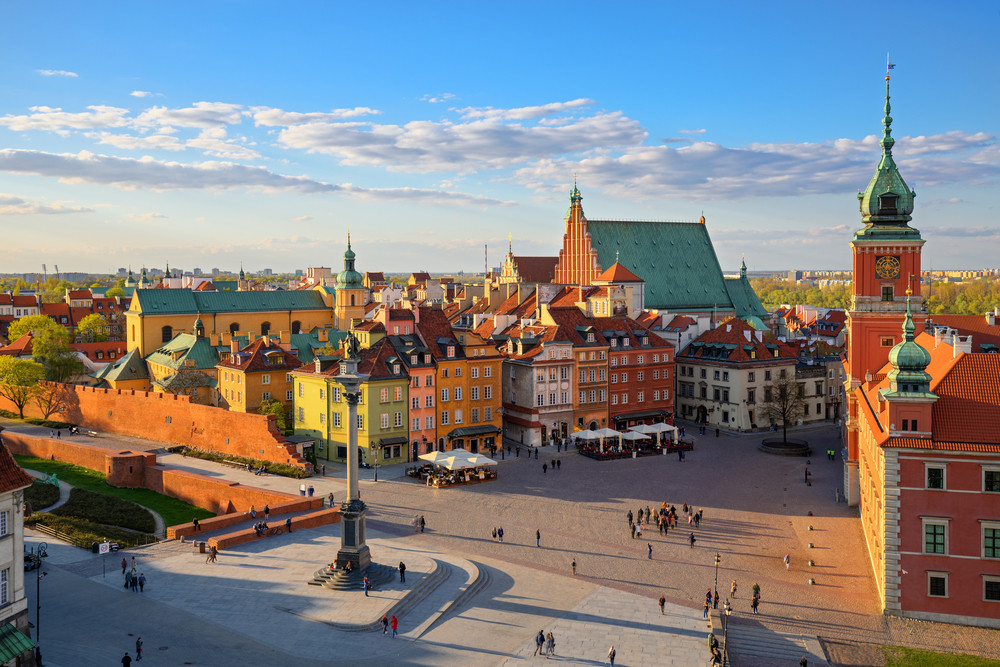
Cue the capital. In the heart of Poland (geographically) is the beating heart of Poland (figuratively). A bustling modern cityscape, Warsaw is nonetheless still anchored on its Old Town. Head there and wander the cobbled streets by quaint cafés and pastel-colored guild houses – you’d hardly believe the whole district was entirely rebuilt after WWII. The strange Museum of Pharmacy is worth a pitstop for its retro lab gear and vials of make-believe poison.
Flat whites and hip boutiques in Mokotow district

Once you’re done with the old side of Warsaw, be sure to move to the hip and happening corner of the Polish capital. Some will say that’s with the chic eateries and bistros of Praga, but we prefer the boho reaches of Mokotow. This huge district is dashed through by parks laden with willow trees and lakes. It’s got art-house cinema screens at Kino Iluzjon. And there are cutting-edge cafes and dining spots like Relaks (think single-origin coffees galore) and Gringo Bar (jalapeno-sizzling Mexicana here you come!).
Uncover the ghosts of old industry in Lodz
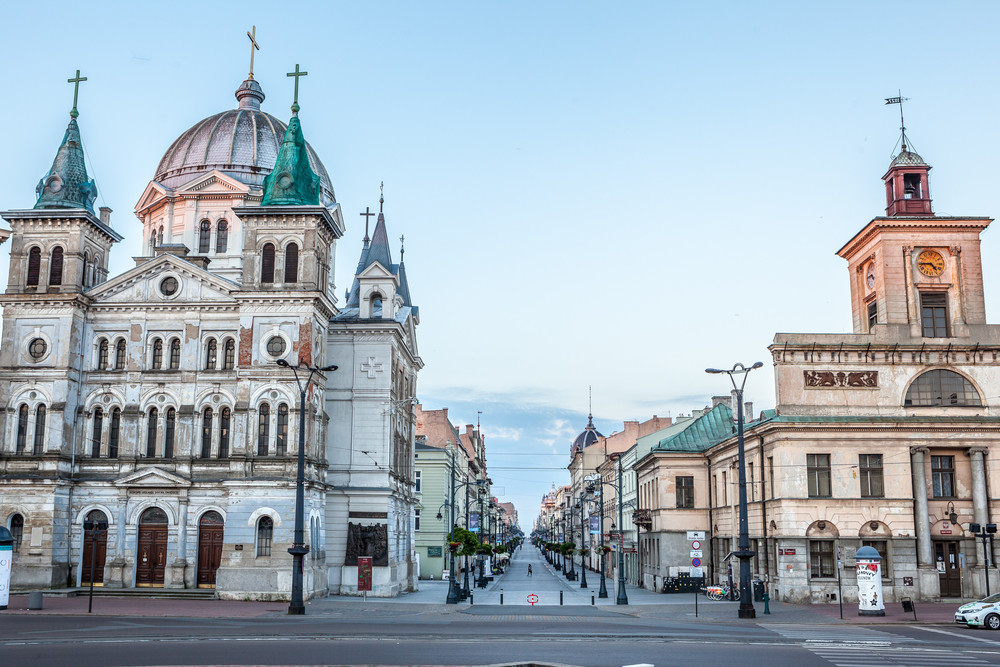
There was a time when travelers were greeted to Lodz (pronounced wutch) by smoke-belching chimneys and endless industrial factories. But that was the heyday of the city’s textile boom in the 1800s and times have changed. Now, Lodz is a vibrant university town and the third-largest city in Poland. It’s rejuvenated the old depots into art galleries, like at the Muzeum Sztuki, where cubist and Surrealist works burst from the exhibits. There’s also buzzing nightlife and a top dining scene to be found down lively Piotrkowska Street.
Gingerbread and Gothic spires in Torun
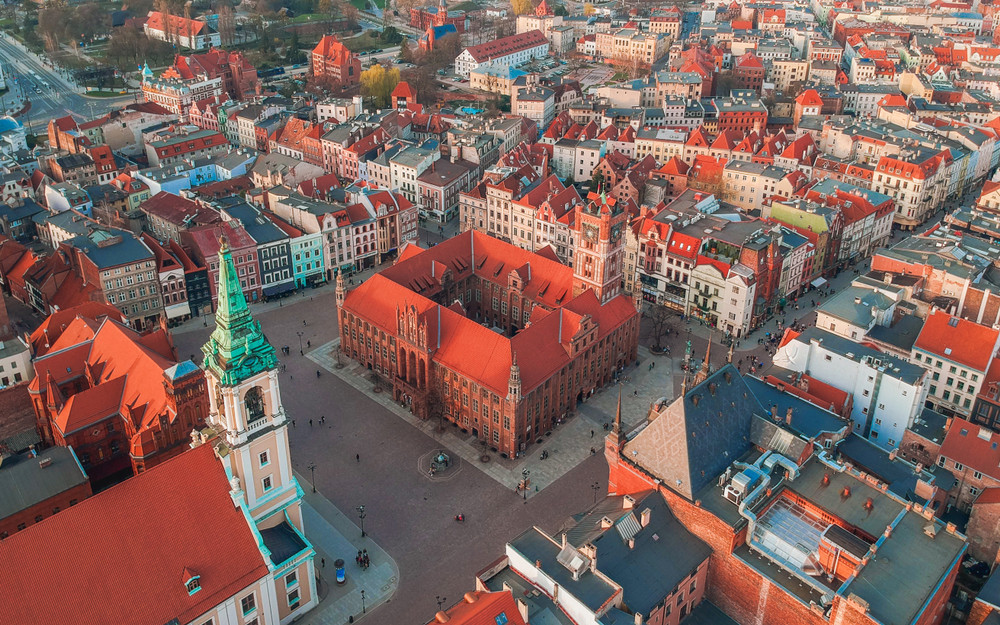
Shh – don’t tell the tourist crowds of Krakow and Gdansk about Toruń. This enthralling city has all the same narrow medieval lanes and brick-faced church towers, only hardly a soul seems to know about them! So, delve into the historic center and find yourself gazing at the handsome frontispieces of the aged Town Hall, the ancient relics of the Dybowski Castle, and the museum collections dedicated to Nicolaus Copernicus. It’s hardly a wonder the whole place is a UNESCO World Heritage Site.
Get into the wild in the Bory Tucholskie

The Bory Tucholskie is where Poland does its best impression of the tundra forests of Scandinavia. A vast region of pine woods that’s hardly home to a single house, village, or city, this one’s perfect if you’re the sort who likes to pull on the boots, pitch the tent, and spend the night under canvas. Between evenings gazing at the stars, you can kayak on the Brda River, yacht across Lake Charzykowy, and hike the famous Kaszubski Trail amid forests filled with rare birds.
Tread the first capital of Poland in Gniezno
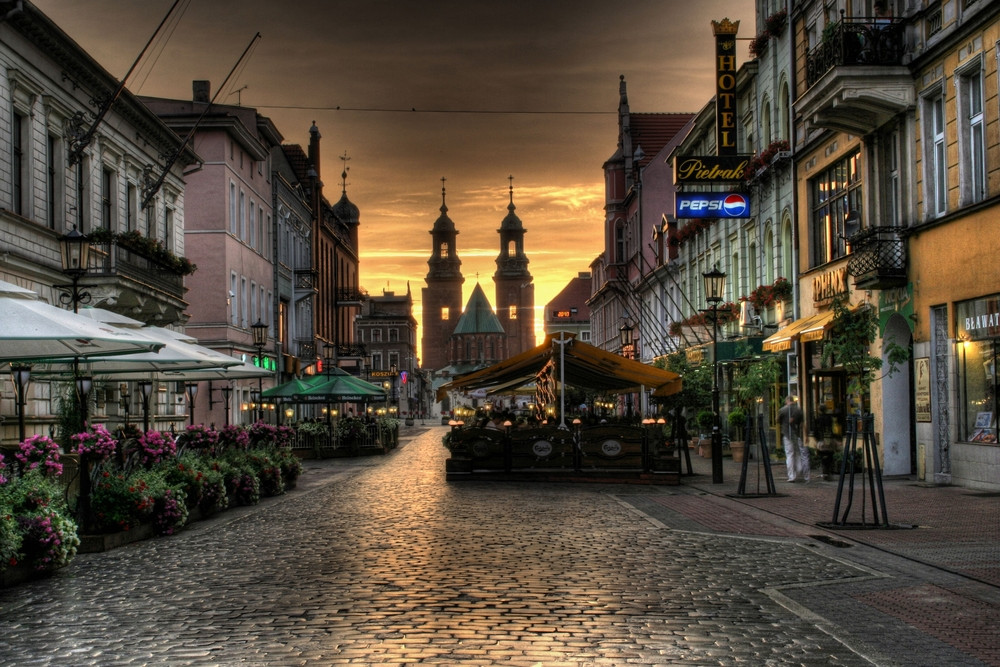
Gniez…where? Yea, don’t worry, it’s rare knowledge that this tiny little town in the midst of Central-North Poland was actually the first ever official capital of the country. It was raised to that prestigious perch after the nation’s conversion to Christianity by Mieszko I way back in 966. In the centuries that followed, it became an important site of coronation, until the royal court transferred to Krakow. These days, you can see the iconic Archcathedral of St. Adalbert at the heart of the city, still adorned with a great bronze entry dating from the 12th century.
Good vibes both day and night in Poznan
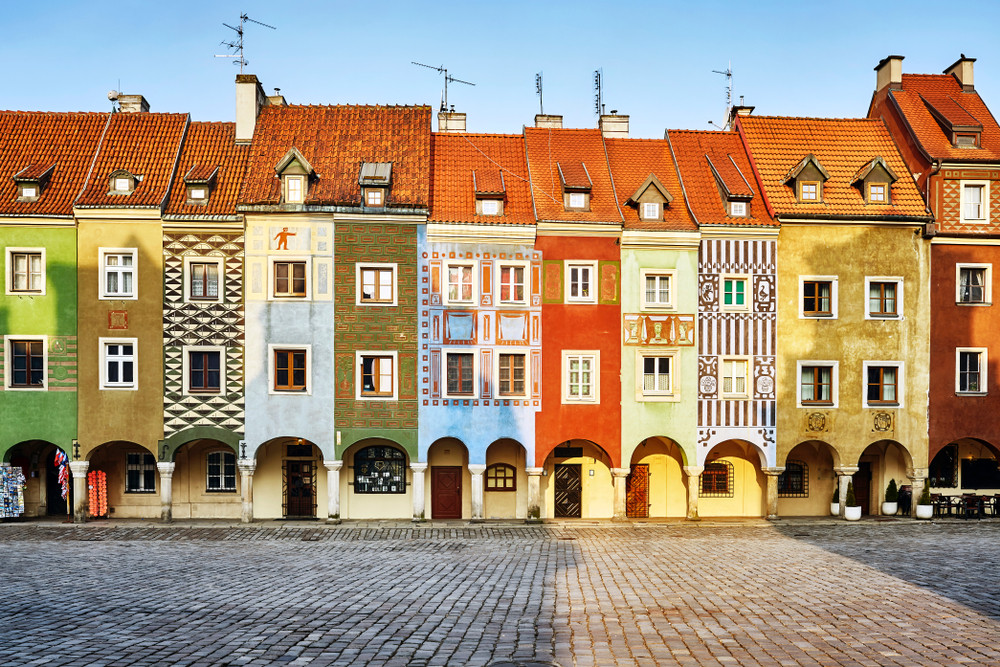
There’s an undeniable buzz about Poznan. With its hefty student population and long-held links to Polish jazz and alternative music, the town pumps and pulses with a vibe you’re sure to like if beers, underground venues, and partying with the locals is your sort of thing. The nightlife scene tends to revolve around the Stary Rynek square. For a taste of Coltrane and Davis, you could choose Blue Note Jazz (bookings recommended). For alt-EDM and psychedelia, consider LAB.
Taste Polish wines around Zielona Gora

Okay, so you wouldn’t trust the Italians to make you a smoked sheep’s cheese. So why trust the Poles to create a wine? Well, the folk of Zielona Gora will wax lyrical about the terroir of the Lubusz province. They say it’s capable of producing high-quality country wines with a unique flavor. The gorgeous Vineyard Winny Dworek is a top choice. It even has elegant rooms in its Neoclassical wings. Then there’s Vineyard Julia, where you can explore exhibits that unravel the history and traditions of Polish winemaking.\
Give in to the call of the great outdoors in the Karkonosze National Park

Your first taste of the Polish mountains comes courtesy of the largely untrodden Sudete range. Running along the edge of the Czech border in the southwest of the country, they hit their zenith at the Karkonosze National Park. There, patchworks of fir trees, oaks, beeches, and grassy highland meadows unfold under the gaze of mountains like Sniezka. A challenging trail links the ridges of the main summits to offer views across glacial valleys. Nearby Karpacz is a charming ski resort during the winter months.
History on the riverside in Wroclaw
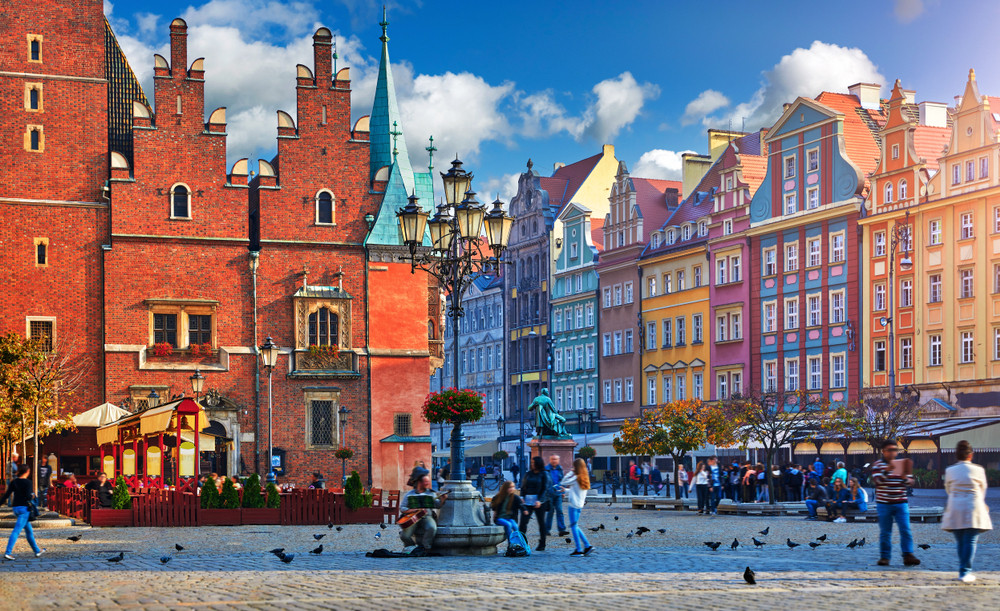
Poking up above the Oder River on countless little islets is the town of Wroclaw. Don’t even bother trying to pronounce it in Polish – it’s a real tongue twister. Thankfully, you can still enjoy the city even if you can’t say the name. There are plenty of things to do in Wroclaw. Wander the arched bridges from the Old Town to the Ostrow Tumski and gaze up at the 800-year-old Cathedral of St. John the Baptist. Then, make for the Rynek and seek out the hidden gnome statues that are tucked into the alleys. After dark, Wroclaw’s nightlife gets pumping, with student pubs and kitschy Communist bars to get through.
See some seriously sobering history in Auschwitz

No odyssey through all of Poland could possibly be complete without a trip to Auschwitz. A combination of historical museum and monument to the victims of the Holocaust, it can be found in the pine woods west of Krakow. Guided tours are a must. They take you on an unforgettable journey through the barracks of Birkenau and the cells of the main Auschwitz camp. You’ll learn about the Nazi plans for extermination of the Jews and other minorities, and be able to pay your respects at the on-site monuments.
Haunting religious relics await in Czestochowa
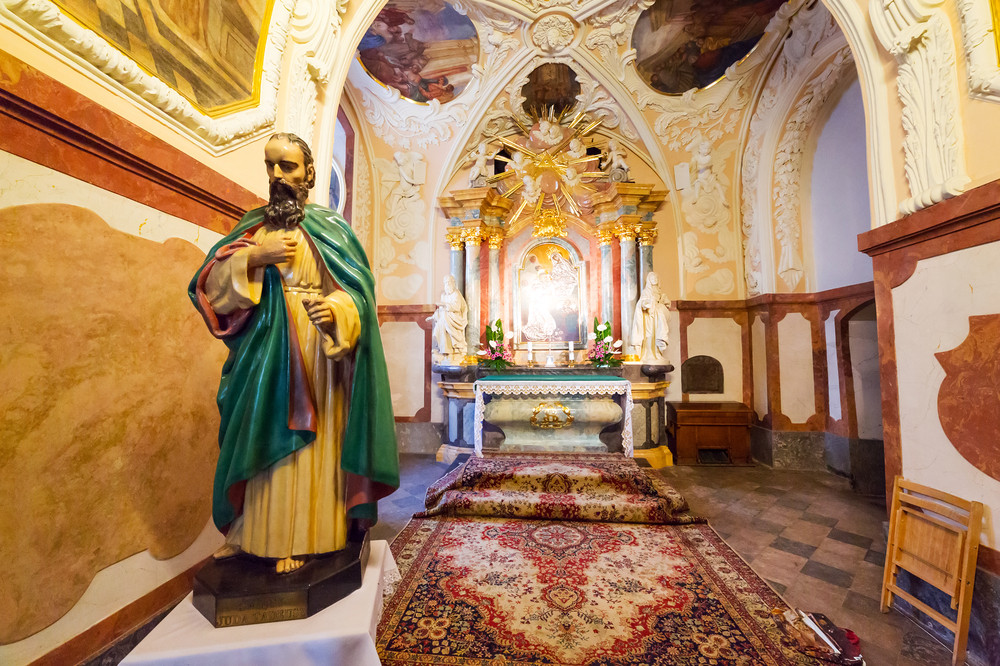
Czestochowa remains one of Poland’s most revered pilgrimage sites. But even if you don’t come dressed in your devotional attire, you can still unravel layers of culture and history in the small town. The epicenter of it all is the Jasna Gora Monastery. That mystical shrine holds arguably the most sacred relic in the country: the holy icon of the Black Madonna. Legend has it that the picture was authored by St. Luke himself, crafted on a cedar table taken from the home of the Virgin Mary and Joseph.
Delve underground into the Wieliczka Salt Mines
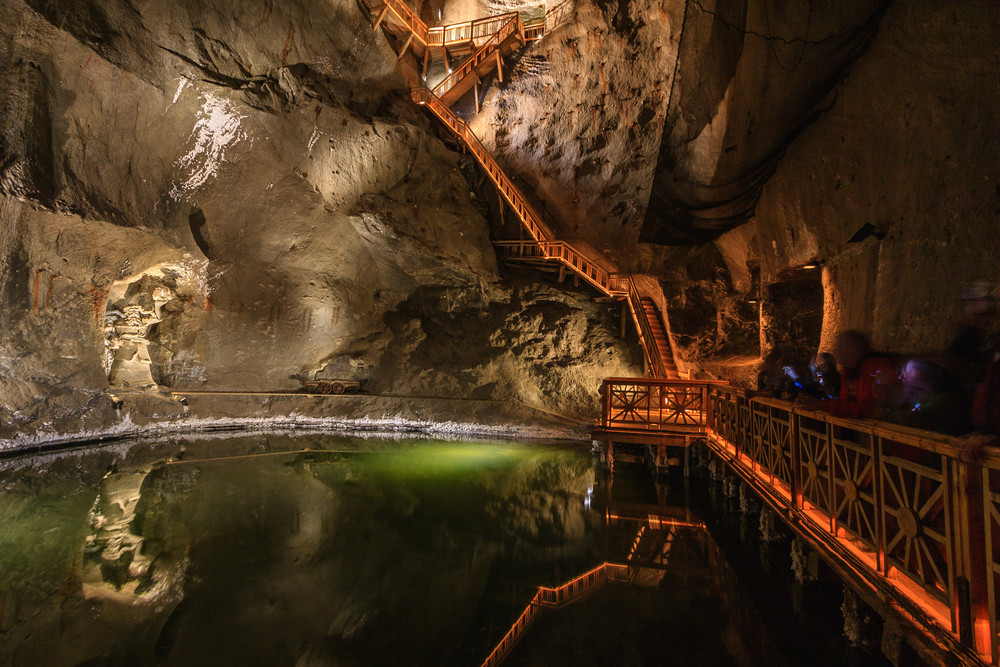
UNESCO sites come thick and fast in this southerly corner of Poland. For many, the best of the bunch is the amazing salt mines complex at Wieliczka. Located just outside of Krakow, it delves 327 meters underground. Thigh-busting staircases lead the way, and then it’s onto the tunnels that weave and wiggle past big stalactites and stalagmites, where carved totems made by miners and artists centuries ago fill the alcoves. Eventually, you’ll reach jaw-dropping St. Kinga’s Chapel. It’s entirely crafted from rock salt and even boasts a replica of The Last Supper made from the stuff you usually sprinkle on your chips!
Party the night away in Krakow
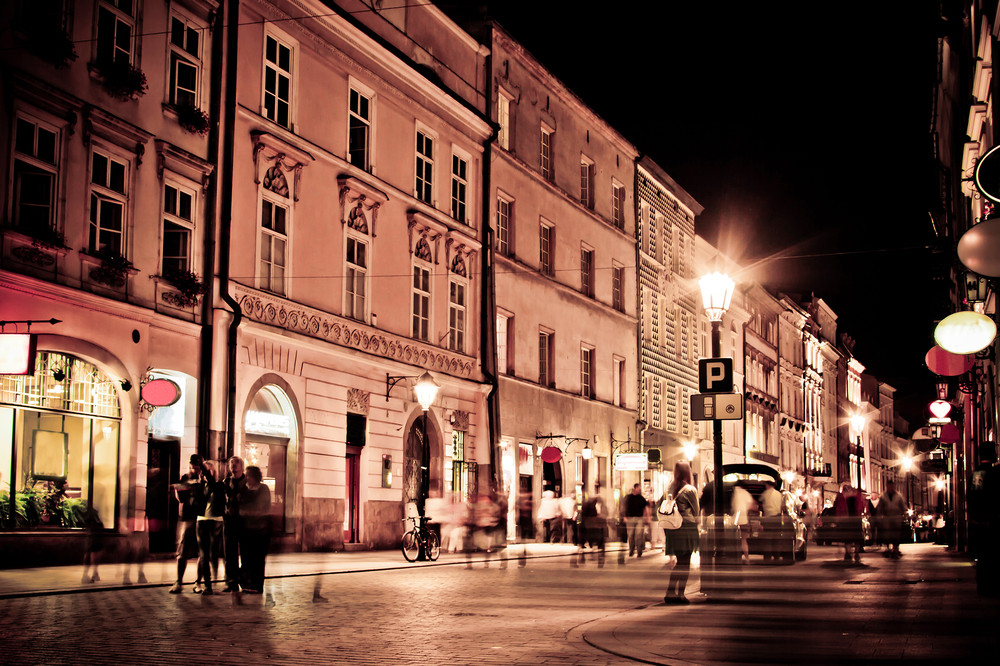
Hedonism a-pumping? Beer belly ready to go? Vodka valves primed? Good. Krakow is one of Poland’s most vibrant cities. Hit the Market Square at 9pm and you’ll be greeted by the Krawl Through Krakow pub crawl. It’s something of a legend on the Euro backpacking scene, one of our favorite things to do in Krakow, and offers unlimited booze for a whole hour before you head off to the clubs. Win, win, win. Alternatively, there’s vodka tasting sessions, art-house cinemas, and open-air bars like Forum Przestrzenie.
Lose yourself in the Krakow Old Town

As soon as the hangover subsides, wrangle yourself out of bed and hit the streets. Krakow is a stunner of a city. The Old Town – it’s main district – is a UNESCO World Heritage Site, coming laced with weaving alleys and little squares peppered with pavement cafes. At its heart is the Rynek. At nearly 4 hectares, it’s the largest medieval square in Europe. Start there and take any of the roads that filter off. They can shepherd you to the old college of Copernicus, to the leafy Planty Park, or go under the gaze of St. Mary’s Church and its dual Gothic spires.
Climb Babia Gora
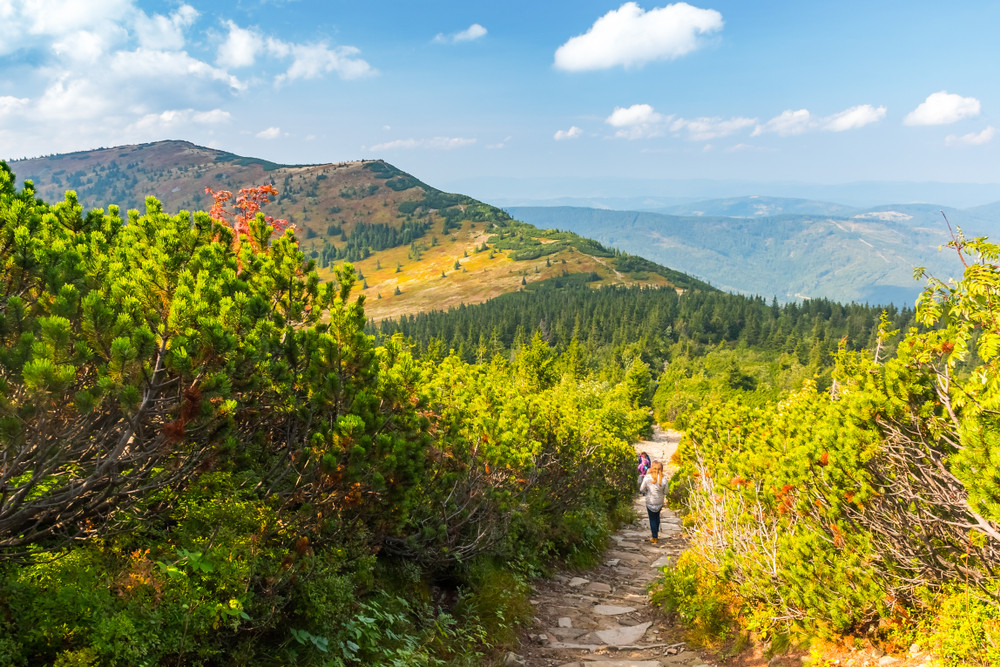
A sleeping giant on the horizon of Krakow, Babia Gora is a haunting mountain that’s writhed in myths and legends. Local folklore tells of witches living on the peak. Don’t worry, though, you’re unlikely to encounter any hocus pocus as you trek to the top. It’s more probable that the legs will give out, especially if you opt for the challenging Academics’ Path to the summit. Think chain sections and some ladders cut into the rock.
Go skiing in Bialka Tatrzanska

Polish skiing has a long history. This is the country that gave the world star ski jumpers like the daredevil Adam Malysz, after all! When the snow falls (typically between December and March), you can make for the cute mountain village of Bialka Tatrzanska. The ski resort there is one of the most acclaimed in Central Europe. Don’t come expecting the gnarly black runs of the Alps. Do come looking for tree-lined blues (more than 14km of them) and good vibes on the slopes.
Ride the gondola to the top of Kasprowy Wierch

As views go, the panorama from the summit of Kasprowy Wierch is pretty darn fine. On one side, you’ll spy out the wood-built town of Zakopane, its chimneys smoking and horse-drawn carts clattering through the streets. On the other, you can gaze across the High and Low Tatras into the rock-ribbed peaks of Slovakia. The summit is a whopping 1,987 meters up. To get there, you can ride the vintage Kasprowy Wierch cable car, which was originally built in the 1930s!
Warm yourself by the fireside in Zakopane

Like something plucked from a Dr. Seuss book, the quaint and curious town of Zakopane has twisted-finger street lamps, gabled cottages, high chimney stacks, and a setting in the midst of the Tatra Mountains. It’s the sort of place where you might just expect the Grinch to descend from Mount Crumpit and crash the Christmas celebrations. Before he does, be sure to try the smoked sheep’s cheese and cranberry from the street stalls. Then, head to a local karcma (tavern) for beers and highlander music by the fireplace. Stop here on your European interrail trip. Stay forever.
Walk up Morskie Oko
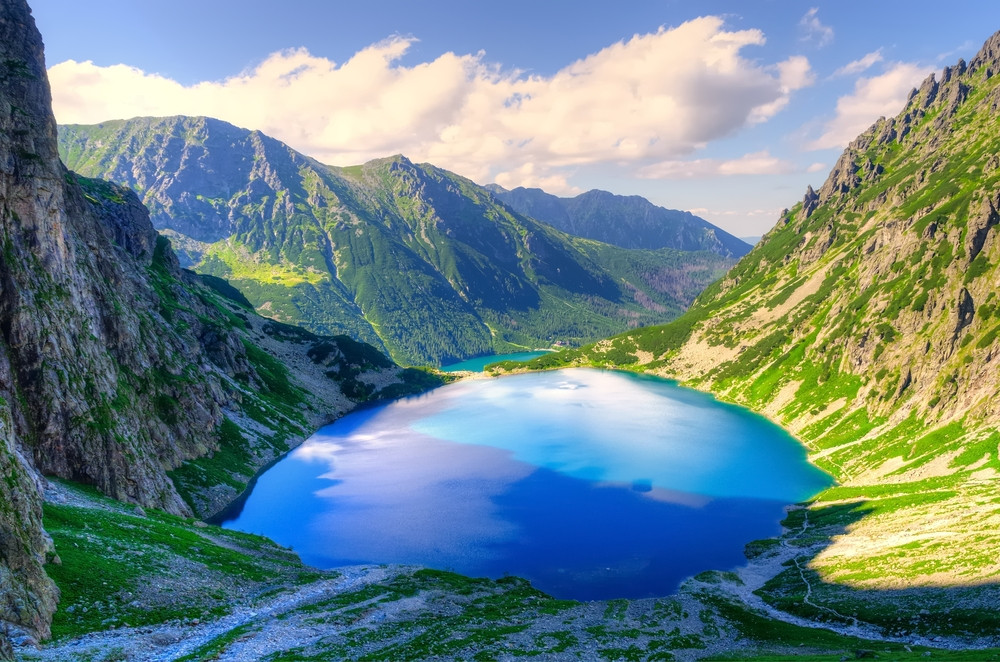
Morskie Oko – the Eye of the Sea – is a hidden pearl in the bowels of the Carpathians. Gleaming with crystal-clear H20 under the mighty pinnacle of Rysy (the highest mountain in Poland), it’s a surprisingly hard-to-reach favorite with the wedding photography crowd. Dodge those, wipe away your sweat, and just take in the views. During the colder months of the year, the whole alpine lake can freeze, giving a glassy surface that’s as transparent as air.
Go rafting on the Dunajec River

The fresh-air theme continues on as you head over the low hills and through the pine forests to the valley of the wonderful Dunajec River. Here, the Tatras turn to foothills and the meadowlands and woods of the Pieniny Mountains take over. The best way to see it all is on a flat barge. Tour guides offer trips on those with a dedicated Polish highlander to steer the ship. The highlight comes as you drift past eerie Niedzica Castle, a sea of turrets and keeps on a clifftop.
Wax down the walking boots for the Beskids

Still out in the great Polish outdoors, the Beskids are next. This softly sculpted swathe of mountains runs eastwards from Krakow to the Ukrainian border. They are bucolic Europe at its finest. Look here – there’s a crooked barn echoing with mooing cows. Look there – fields peppered with hay bales roll down to a babbling creek. Some of the best walking in the region is in the Gorce Mountains around Nowy Targ. If you go there, keep the eyes peeled for wild lynxes and red deer as you hike.
Venture to the UNESCO-tagged wooden churches of Southern Lesser Poland

There are a total of six chapels and churches that meet UNESCO’s requirements for unique and intriguing cultural feats of Roman Catholic shrine building from the Middle Ages. They speckle the valleys of the Beskids and South Poland, offering something for lovers of architecture and Slavic heritage. One of the best awaits in the small town of Sekowa, sporting timber towers and slanting, slatted roofs. Another sits in Binarowa, opening into glorious interiors with frescos and dangling chandeliers.
Take a dip in the soothing waters in Krynica-Zdroj
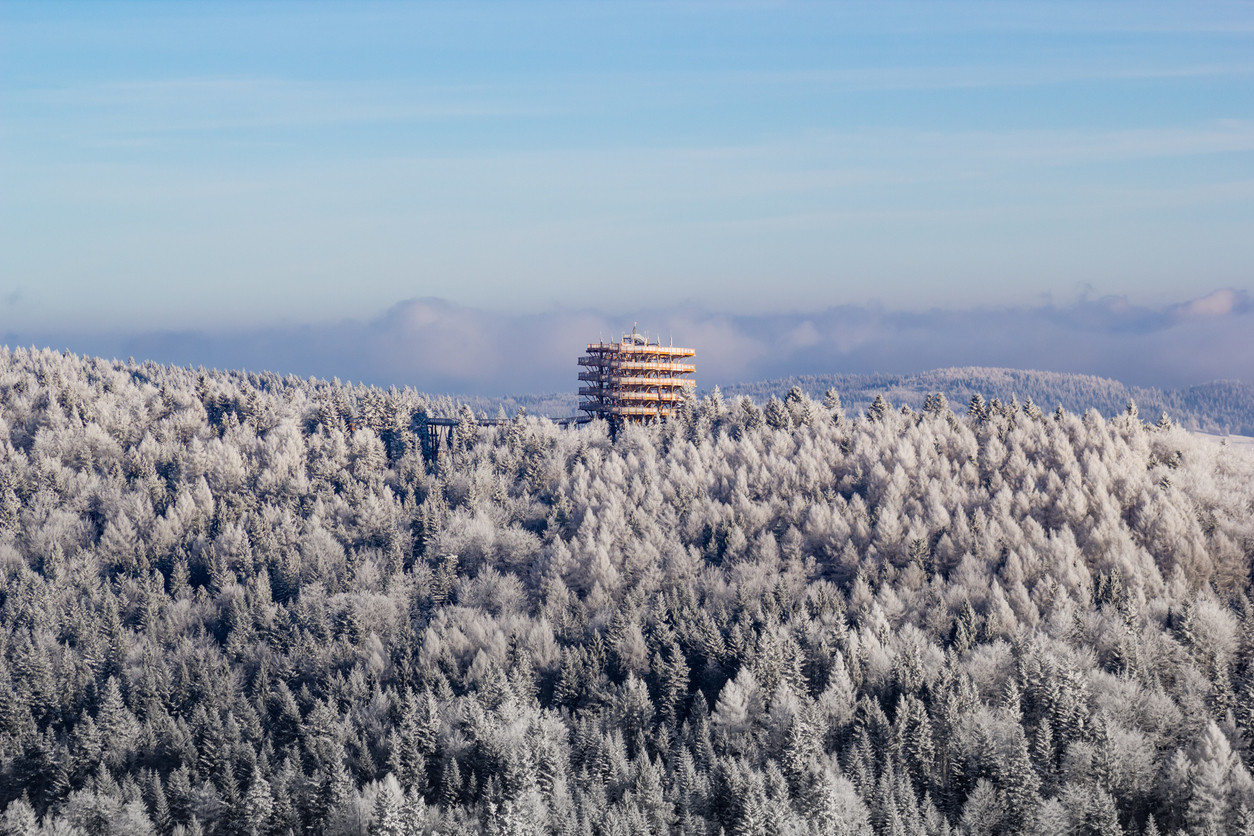
As you near the end of your 41-stop Polish odyssey, we think you’ve earned the right to a little R&R (especially after all those mountains!). Cue Krynica-Zdrój. Everyone from medieval pilgrims to Russian politicos have come here in search of the soothing spring waters that have given the place the moniker of the Pearl of Polish Spas. In the main facility, you’ll find all sorts of H20-based treatments on the menu. Oh, and there’s a treetop tower and ski field nearby, just in case you’re not the type for mineral baths and steam rooms!
Get arty in Kazimierz Dolny

Clutching a bend in the Vistula River amid lush hills and woodlands in rustic Pulawy County is the chilled escape of Kazimierz Dolny. Since anyone can remember, it’s been a hub for sculptors, painters, poets, writers, and a hotbed for creative Jewish culture. There must be something about the gingerbread homes, the cobbled squares, and the ivy-clad cottages that offers inspiration. Try not to visit on Saturday or Sunday as there are huge crowds of day-trippers and all that.
Make a pit stop in culture-rich Lublin

Lublin is one of South-Eastern Poland’s most happening urban spots. With a student population of over 100,000, and more beer bars than you can wobble a Zakopane snow globe at, there’s lots of fun to be had here. But before we lose you to the booze, can we squeeze in a mention of the grand Art Deco and Renaissance architecture that lines much of the old center? May we wax lyrical a moment about the exposed medieval foundations that crisscross Plac Po Farze?
Snap shots in Instagram-worthy Zamosc

Zamosc is a zinger for those who love to gawp at glorious churches and grand public squares. Some say it’s the best-looking town in the country, the sort any other town would swipe right on if there was such a thing as municipal Tinder. Delve into its center and you’ll see the resplendent Renaissance Town Hall, dating from the 1500s, the pastel-painted buildings of Armenian Street, and the Baroque-styled Link House with its Neoclassical elements.
Hike trails on the Polish frontier in Bieszczady National Park
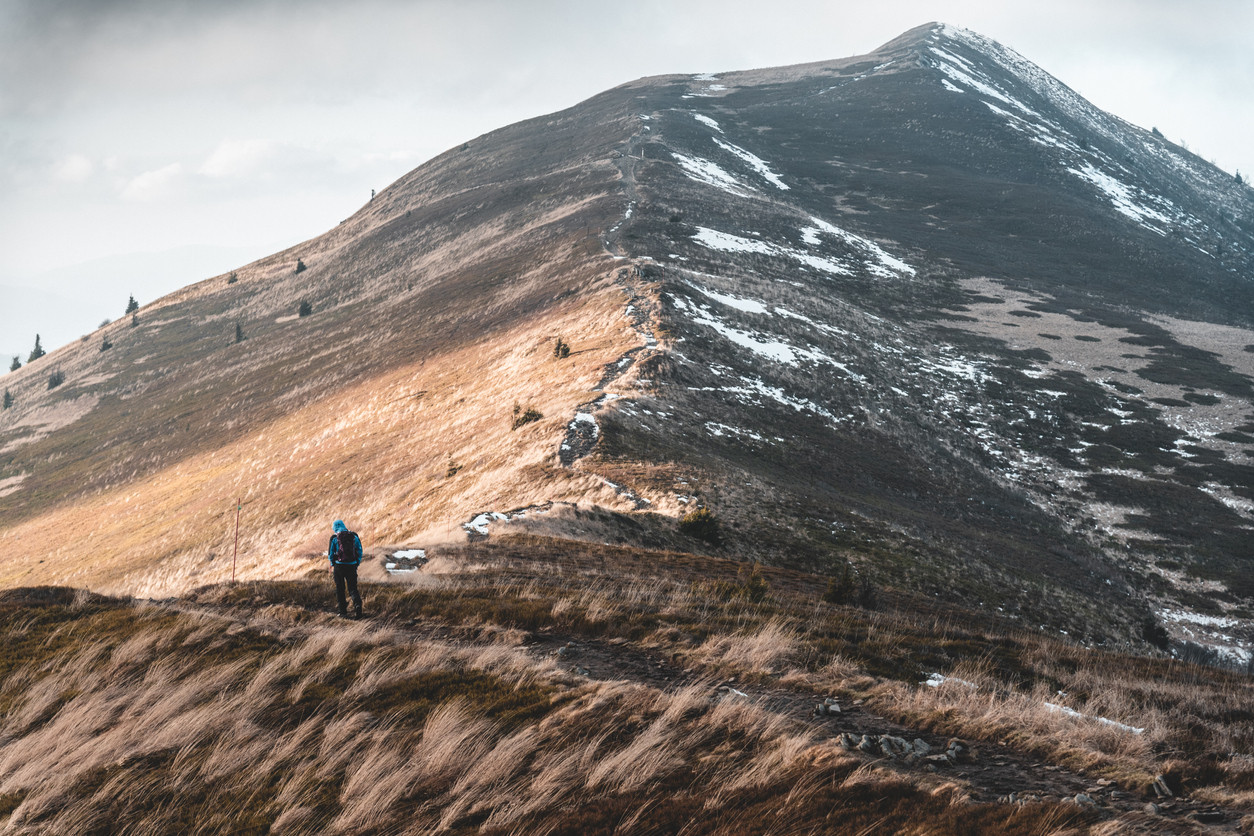
Right in the depths of South Eastern Poland is a world of wonderful ridges clad in hardy oat grass, beset by valleys packed with pine trees and ancient oaks, stalked by moose and grey wolves and roaring bears. Welcome to the wild Bieszczady National Park. For those who love to go off the beaten track, it’s the perfect way to end any trip to Poland. You can hike for hours without seeing another soul. And when it comes to rest, drop into a local village B&B for a night on the dumplings and homebrew vodka.